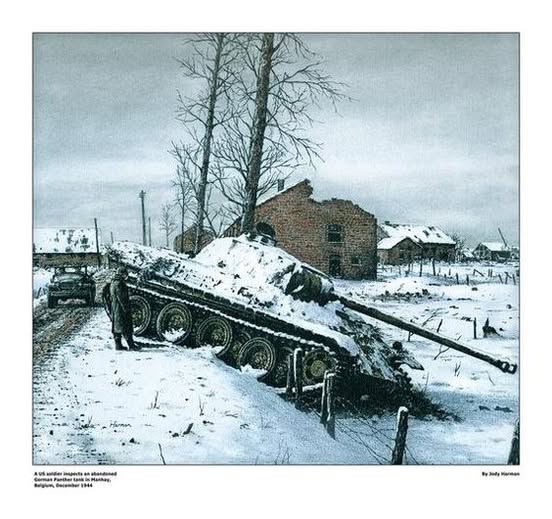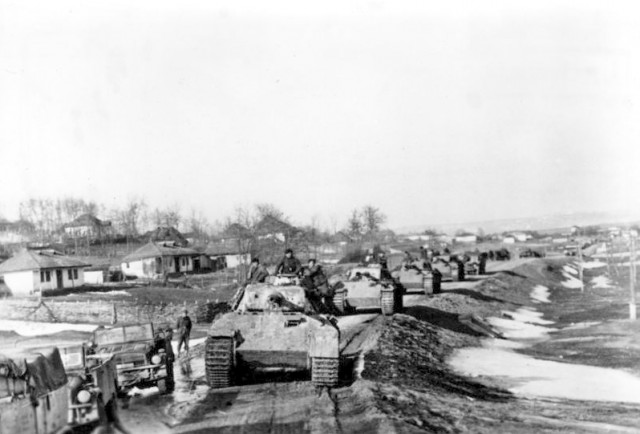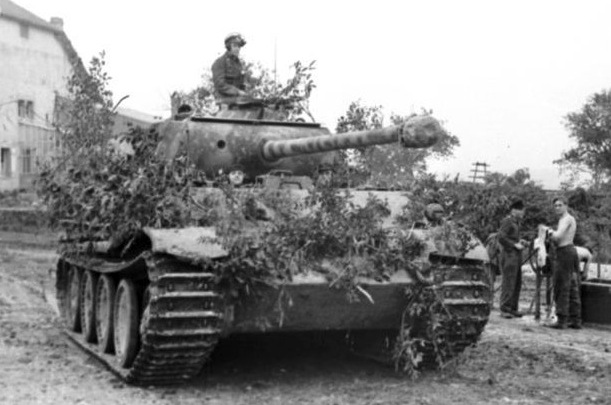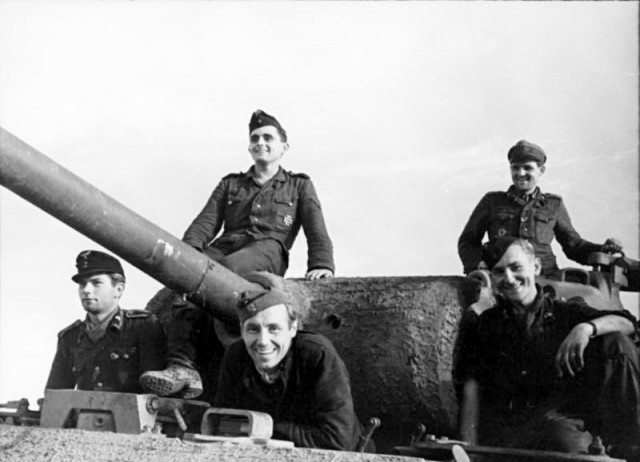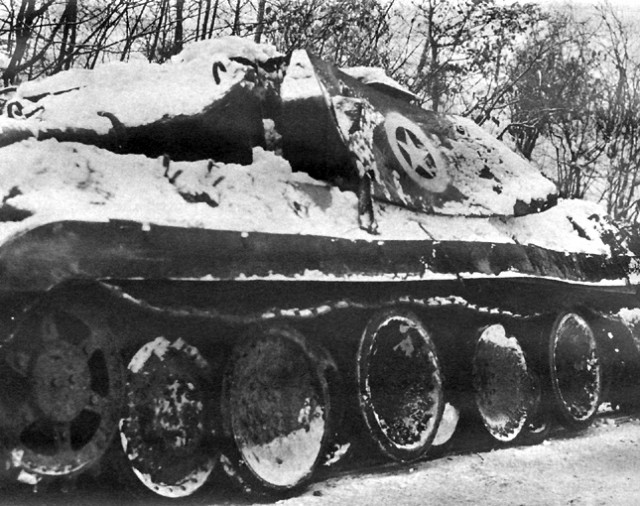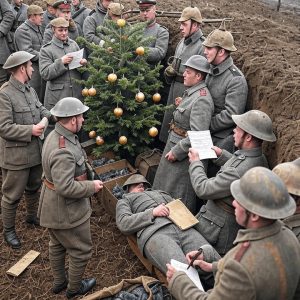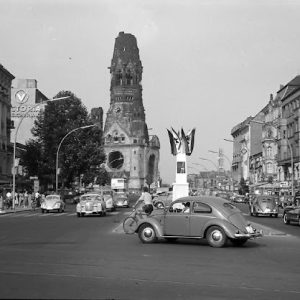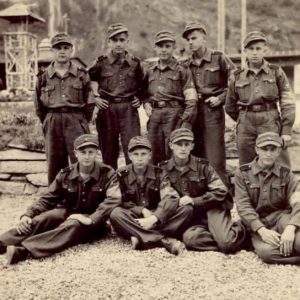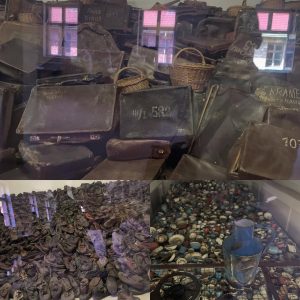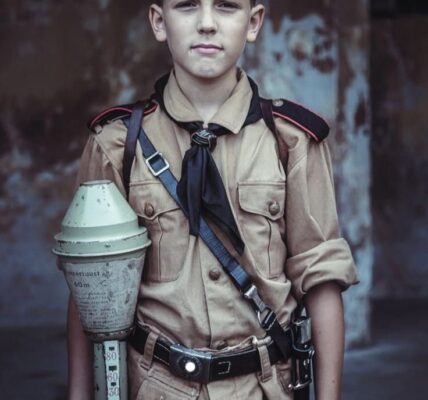
1) The Germans built over 6,000 Panthers, but surprisingly, nine of them were built by the British Army between 1945 and 1946.
2) Its full name was Panzerkampfwagen V Panther, and its ordnance designation was Sd.Kfz. 171. However, on February 27, 1944, Hitler ordered the Roman numeral “V” to be removed from the designation.
3) The Panther was the third most produced German armored fighting vehicle after the Sturmgeschütz III (9,408 units) and the Panzer IV (8,298 units).
4) There were three main versions of the Panther: versions D, A, and G. Each new version included significant improvements. There were also versions for artillery reconnaissance, recovery, and commander.
5) The tank was supposed to weigh 30 tons, but Hitler demanded stronger armor and a heavier gun, so in the end it weighed almost 50 tons.
6) The later models had a top speed of 46 km/h, about as fast as the Tiger and slightly faster than the Sherman tank.
7) The Panther tank used the same engine, very similar to the one used in the Tiger tank; it had an average service life of 1500 hours.
8) With a fuel tank capacity of 720 liters (190 gallons), a Panther could travel between 97 and 130 km on the road and 64 to 84 km off-road. By comparison, a Sherman tank could travel up to 193 km on 660 liters of fuel.
9) The Panther tank entered service AFTER the Tiger tank. The Panther was first used in combat at Kursk in July 1943, while the Tiger was first used at Leningrad in December 1942.
10) Hitler ordered a Panther II, which was to be more heavily armored but had the same cannon. A prototype of this was captured by the Americans. The project was quietly discontinued in mid-1943.
11) The Panther II project led to the Jagdpanther, the Panzerjäger V Panther, of which 418 were built during the war and which used the famous 88 mm cannon.
12) Panther tanks were used by the Russians until they broke down because they were too complicated and therefore difficult to repair.
13) The French Army used over 50 Panther tanks in its 503rd Régiment de Chars de Combat from 1945 to 1950.
14) The Panther had a 7.5 cm main gun capable of carrying 40 rounds of anti-tank ammunition and 39 HE grenades. It was also equipped with two MG 34 machine guns with 5,100 rounds of ammunition.
15) The Panther had a crew of five: commander, driver, gunner, loader, radio operator/machine gunner.
16) From 1943 onwards, Panther turrets were mounted in fixed fortifications; some were normal production models, but most were specially built for this task and had additional roof armor to withstand artillery fire.
17) When 184 Panthers were first used during the Battle of Kursk, they claimed to have destroyed 267 tanks, but after five days of fighting, only 10 Panthers remained at the front.
18) At its peak in September 1944, 552 of a total of 728 Panthers were in service on the Eastern Front.
19) The last operational report of 15 March 1945 lists 361 of 740 Panther tanks as operational.
20) At least two Panthers were captured by the Polish resistance in the first days of the Warsaw Uprising, disabled after a few days due to a lack of fuel and batteries and set on fire.
21) During the Battle of the Bulge, the Germans fielded 400 Panther tanks, five of which were disguised as American M10 tank destroyers by welding on additional plates and applying US-style camouflage paint and markings.
22) After the Battle of the Bulge and because of the Panther tanks, only M4 Shermans armed with 76 mm guns were delivered to Europe for the rest of the war.
23) In February 1945, eight Panzer divisions with a total of 271 Panther tanks were transferred from the West to the Eastern Front. Only five Panther battalions remained in the West.
24) One of the leading German Panther commanders was SS-Oberscharführer Ernst Barkmann of the 2nd SS Panzer Regiment “Das Reich.” By the end of the war, he had claimed around 80 tank kills.
25) There are probably five roadworthy Panthers left, two of which were built by the British Army. There are many more non-roadworthy Panthers in museums, as memorials, or in the hands of private collectors.
